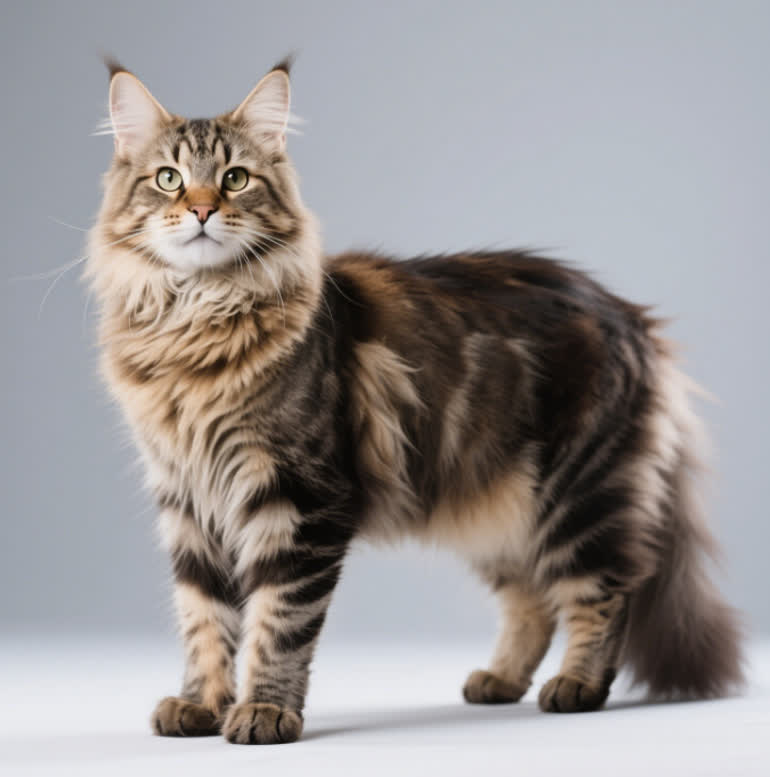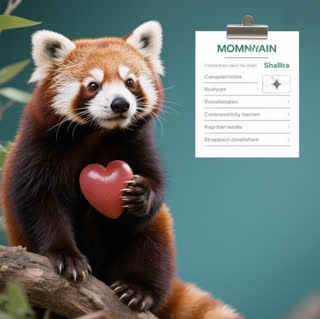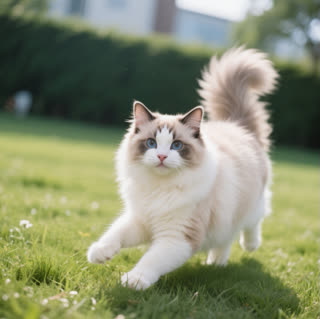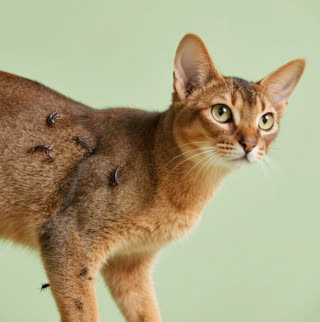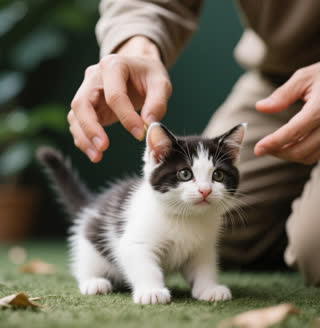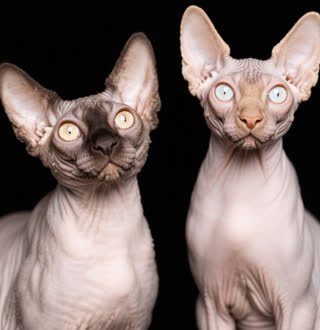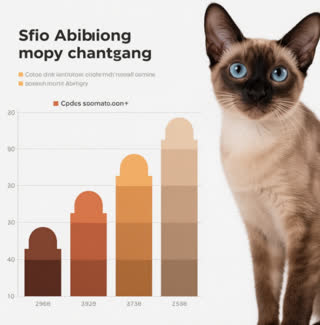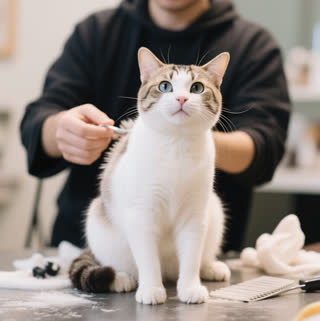For decades, the idea that Maine Coons are descendants of long-haired European ship cats has captivated cat enthusiasts. The theory suggests that sailors brought these cats to New England ports in the 18th and 19th centuries, where they interbred with local feral cats to create the breed we know today. Proponents of this myth highlight the Maine Coon’s thick, water-resistant fur and tufted ears—traits believed to have evolved from harsh maritime conditions. However, genetic studies and historical documents challenge this romanticized version of events.
Recent DNA analysis has played a pivotal role in debunking the Maine Coon cat origins sailor myths. A 2022 study published in PLOS Genetics compared the genomes of Maine Coons with other breeds and found no direct link to European long-haired cats like the Norwegian Forest Cat or Turkish Angora . Instead, the breed’s genetic makeup aligns closely with domestic cats native to the Northeastern United States, suggesting a natural evolution shaped by local environmental pressures rather than intentional breeding.
Early accounts of Maine Coons, such as those documented in Frances Simpson’s 1903 book The Book of the Cat, describe the breed as “native to Maine” and thriving in coastal towns by the mid-19th century . These records emphasize the cats’ adaptability to harsh winters and their role as skilled mousers on farms and ships. Notably, the term “Maine Coon” did not appear until the early 20th century, evolving from “Maine Cat” and possibly deriving from the raccoon-like appearance of some individuals .
The Viking Connection: While some theories claim Maine Coons are descendants of Norwegian Forest Cats brought by Vikings, there is no archaeological or genetic evidence to support this. The breed’s resemblance to Nordic cats is likely a result of convergent evolution, as both developed similar traits to survive cold climates .
Marie Antoinette’s Cats: A popular legend suggests French queen Marie Antoinette’s Angora cats were smuggled to Maine during the French Revolution. However, historical records show no connection between the queen’s pets and the breed’s development .
Raccoon Hybrids: The notion that Maine Coons are part raccoon—a myth perpetuated by their bushy tails and semi-prehensile paws—has been thoroughly discredited. Biologically, interbreeding between cats and raccoons is impossible, and genetic studies confirm the breed’s feline lineage .
The most plausible explanation for the Maine Coon’s origins lies in natural selection. By the 1800s, Maine’s isolated coastal communities relied on cats to control rodent populations. Only the hardiest individuals—with thick fur, large paws, and robust health—survived the harsh winters. Over generations, these traits became standardized, creating a distinct breed adapted to Maine’s rugged environment .
By the late 19th century, Maine Coons gained popularity at cat shows, with a brown tabby named Cosey winning “Best in Show” at New York’s Madison Square Garden in 1895 . However, their numbers dwindled in the early 20th century due to competition from Persian cats. Dedicated breeders like Dr. Rachel Salisbury revived the breed in the 1950s, establishing standards that emphasized its natural characteristics .
While the Maine Coon cat origins sailor myths debunked narrative adds intrigue to the breed’s story, the true history of these cats is far more compelling. Shaped by centuries of adaptation to Maine’s climate and preserved by passionate breeders, the Maine Coon stands as a testament to nature’s resilience. By separating myth from reality, we gain a deeper appreciation for this iconic American breed and its enduring legacy.
